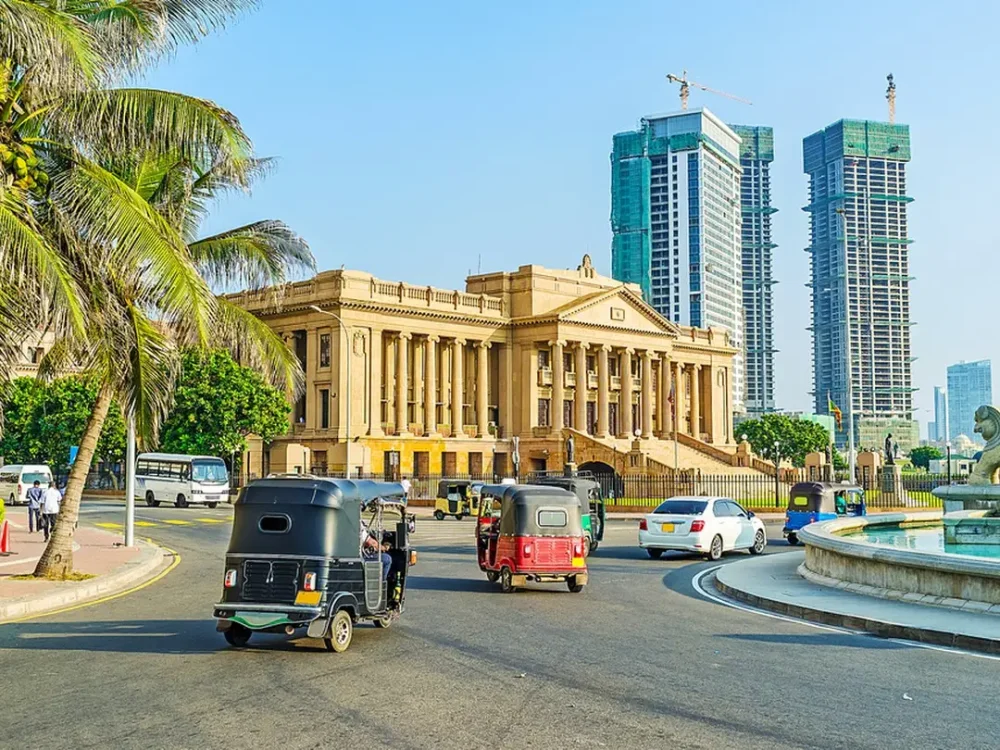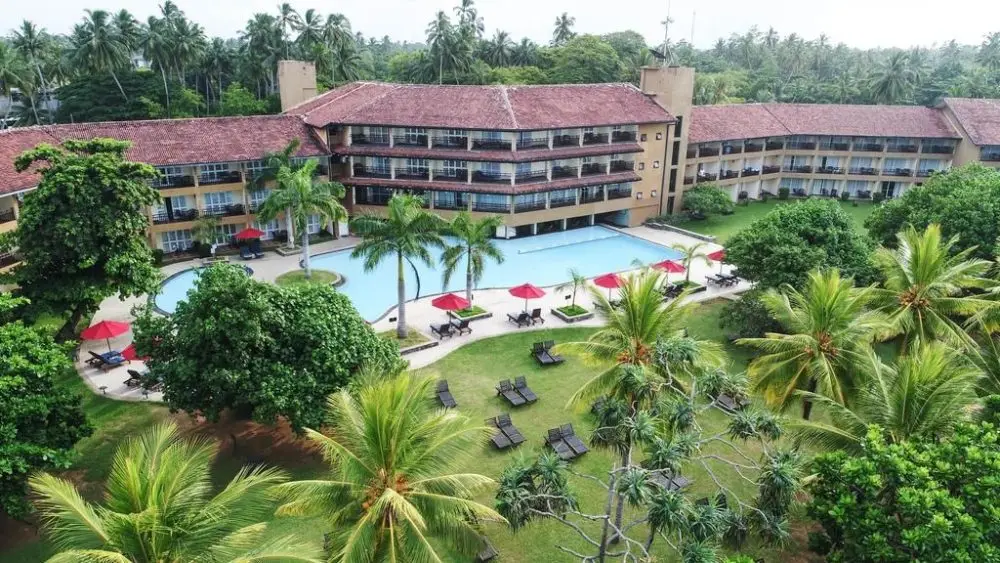The island has a special aroma – pungent, warm, with hints of mist and altitude. It lingers not only in the cups but also in the air of the central part of the region. The tea plantations of Sri Lanka are not just fields, but a cultural layer, a visual spectacle, and a meditative experience.
When you come to Ceylon, it is impossible not to find yourself in one of the regions where hills, covered with bushes, seem hand-drawn. The places are like a frozen green wave, and each slope tells a story of production, history, and taste. If you really want to understand what Sri Lankan tea is, head to the heart of the island, where it is harvested by hand, just as it was a hundred years ago.

The history of Ceylon tea: from experiment to symbol
Ceylon tea appeared in Sri Lanka in the 19th century when the British decided to replace coffee plantations due to a fungus epidemic. The initial plantings were risky, but the results exceeded expectations. Within a decade, Sri Lankan tea factories started exporting their products worldwide.
Today, Ceylon is a global brand, a symbol of quality and tradition. And although technologies have advanced, much is still done here by hand, giving the drink a special value – not so much commercial as cultural.
Kandy: gateway to the kingdom of beverages
The city of Kandy is not only a religious center, as most of the tours to Sri Lankan tea plantations start here. Dozens of farms are located nearby, where tourists are greeted with a smile, and the fragrant harvest comes with a story.
In the region, you can visit the tea factories of Sri Lanka, where the entire process is shown – from leaf to packaging. And the landscapes around are pastoral in the spirit of English classics: hills, bridges, women with baskets on their heads. Here, black tea with a bright aroma is especially popular – the country’s calling card.
Ella: landscapes that become postcards
Ella is a place where nature creates the unimaginable. The hills here are particularly steep, green, with endless paths between rows of bushes. Viewpoints offer breathtaking views of valleys, waterfalls, and bridges, including the legendary Nine Arches Bridge, over which trains pass through the mist.
Many excursions include walks through the fields, tastings in old colonial cafes, and visits to factories where you can try green and black varieties. The tea plantations of Sri Lanka in the Ella area are not just tourism but also aesthetics that are unforgettable.
Haputale: silence and a warm harvest of leaves
The town of Haputale is an excellent place where Sri Lankan tea plantations seem closer to the sky than to the ground. The altitude and climate make the drink particularly aromatic here, and the air is crystal clear.
Here is the famous Dambatenne Tea Factory, founded by Thomas Lipton. A tour here is a journey back to the times of the British colonies. Lipton himself climbed the nearest hill to oversee his estates – now it is called Lipton’s Seat, and it is one of the most picturesque points on the island.
Nuwara Eliya: colonial spirit and tea plantations
Nuwara Eliya is often called “Little England” for its Victorian architecture, golf courses, and cool climate. But its main pride is the endless farmlands of Sri Lanka, neatly laid out on the hillsides.
There are many estates here offering full tours: from leaf picking to tasting freshly brewed tea. It is especially worth visiting Pedro Tea Estate, where you can walk through rural hills, inhale the aroma of fresh leaves, and taste green tea straight from the production.
Where else to seek taste and view: other worthy tea plantations of Sri Lanka
In addition to well-known spots, there are less popular but no less picturesque places in the country. Here is where you can also enjoy the atmosphere of real Sri Lanka:
- Dikwella region – cultivated areas by the ocean with a tropical slope;
- surroundings of Badulla – authentic villages and small private farms;
- Matale – hills combined with spices and basil;
- Welimada – quiet slopes away from tourist routes;
- Balangoda – plantations amidst rocks and misty ravines.
These regions are suitable for those who want to get off the beaten path and see the best tea plantations of Sri Lanka in their pristine simplicity.
What tours to Sri Lankan tea plantations include: plan ahead
Not all tours are equally interesting and useful: some are limited to a short walk through the fields, while others offer a full immersion into the culture of Ceylon tea. The best programs are not just about beautiful views but an experience that captures the soul of the island.
An ideal tour of Sri Lankan tea plantations should include several key elements:
- a visit to a real factory with a demonstration of the leaf processing stages;
- a hike through the hills where cultural territories spread out, with views of waterfalls and misty mountain landscapes;
- tasting different brews – from light green to strong classic black;
- observing the work of the pickers – a process that impresses with its precision and rhythm;
- a guide’s story about the role of leaf tea in the history of Sri Lanka, culture, economy, and everyday life of the islanders.
You will not only take home a pack of fresh harvest but also a real sense of touching history, labor, and tradition that make the traditional Asian drink recognizable worldwide.

Conclusion
Sri Lankan tea plantations are not just a tourist destination but an opportunity to connect with nature, manual labor, and taste, backed by generations.
From the picturesque slopes of Ella to the cool hills of Nuwara Eliya, from the factories of Kandy to the legendary Lipton’s Seat – every step here is infused with the aroma of Ceylonese drink. And if you truly want to feel the country – start with a cup and continue your journey through its green hills.
 en
en  ru
ru  de
de  nl
nl  ar
ar  es
es  fr
fr  hi
hi  it
it  pt
pt  el
el 










